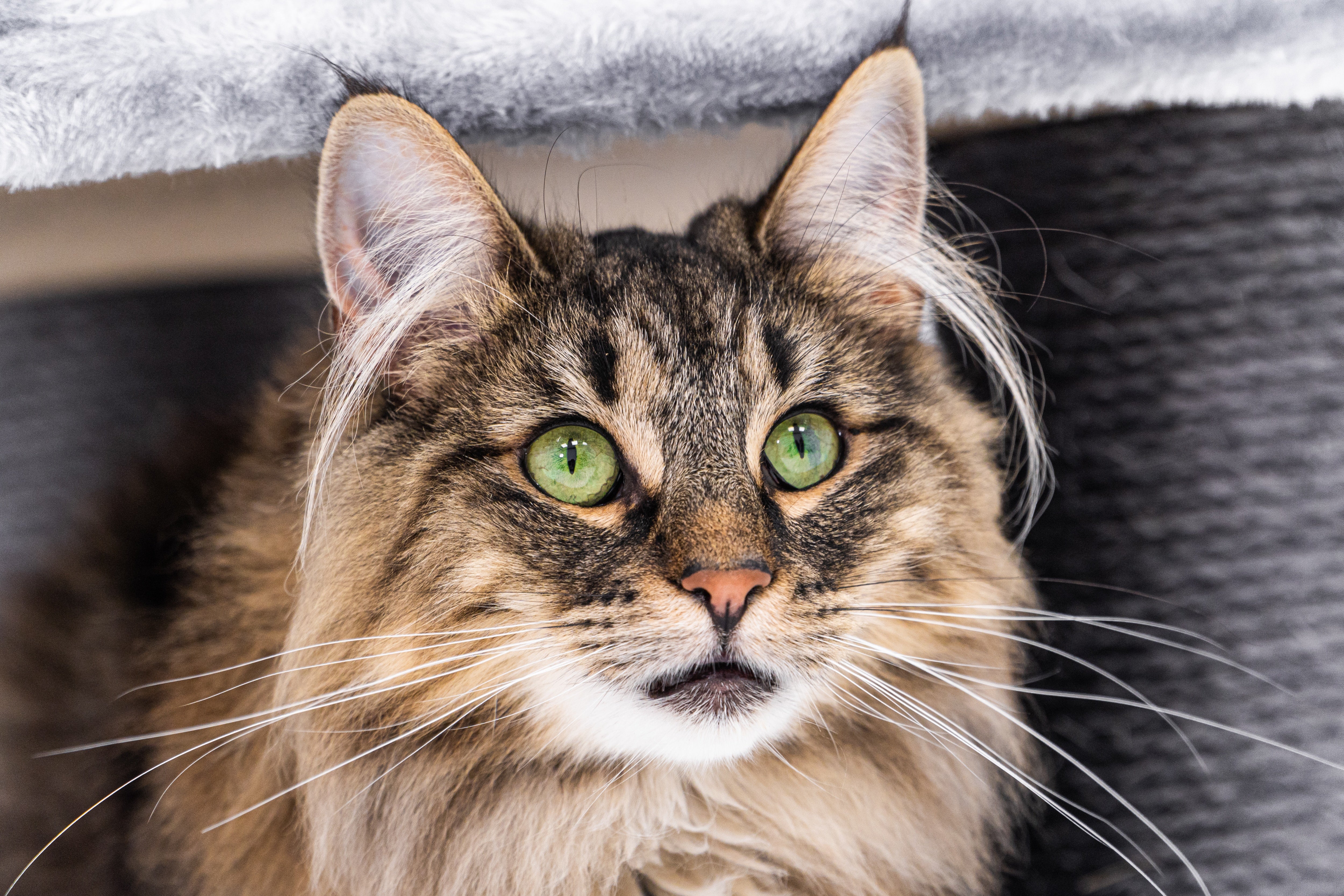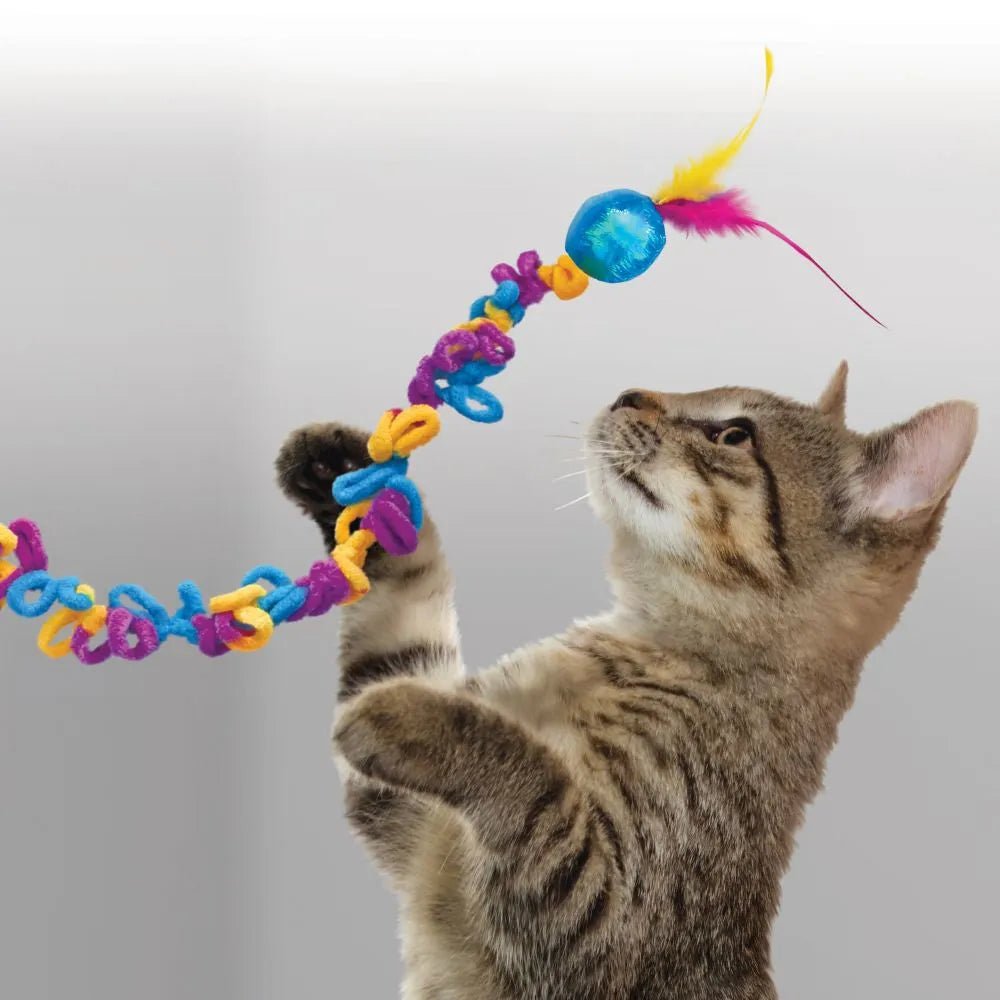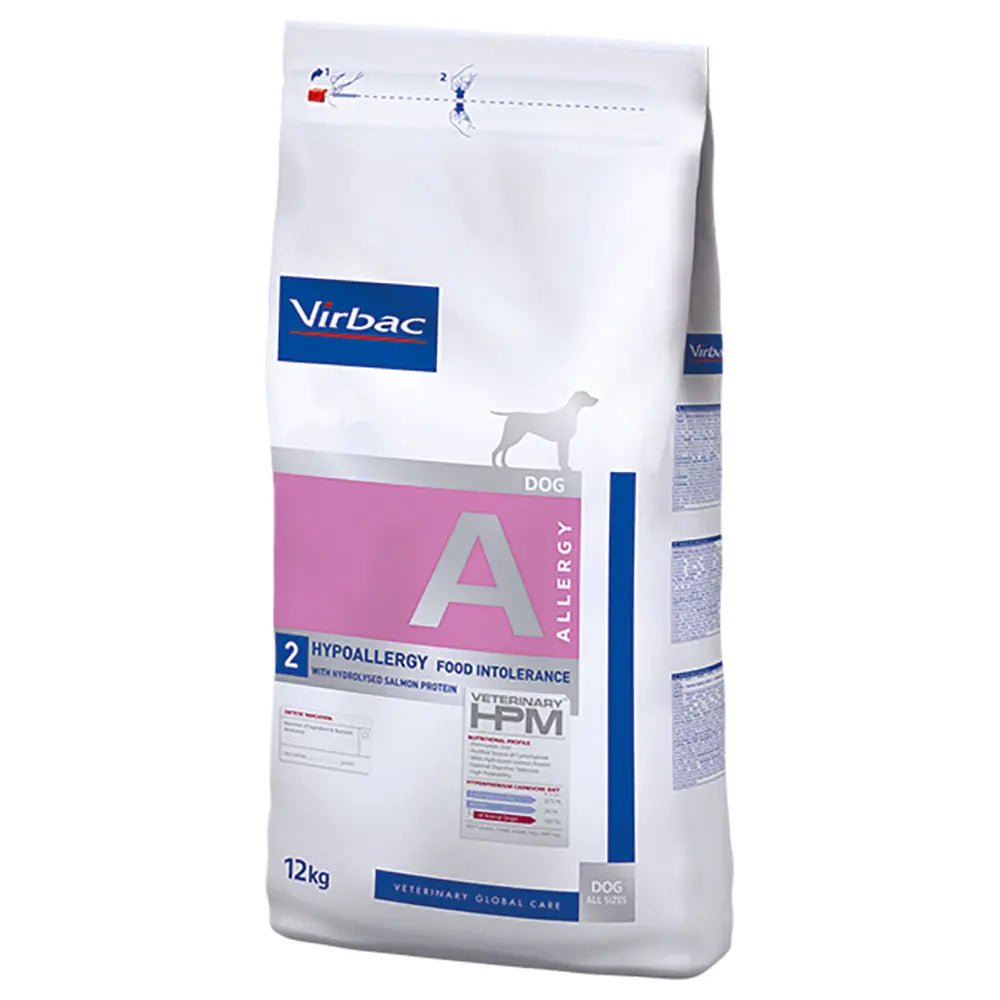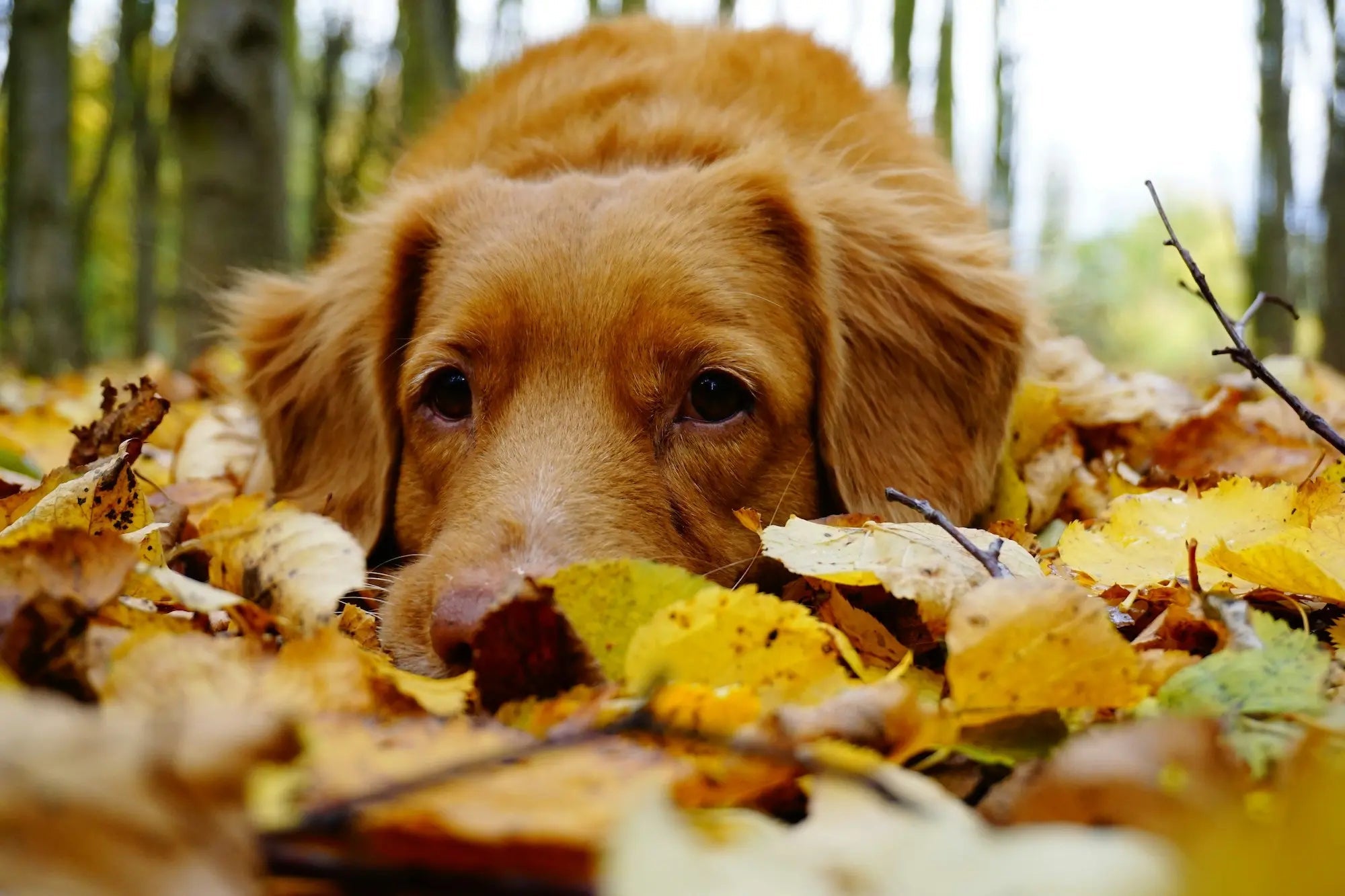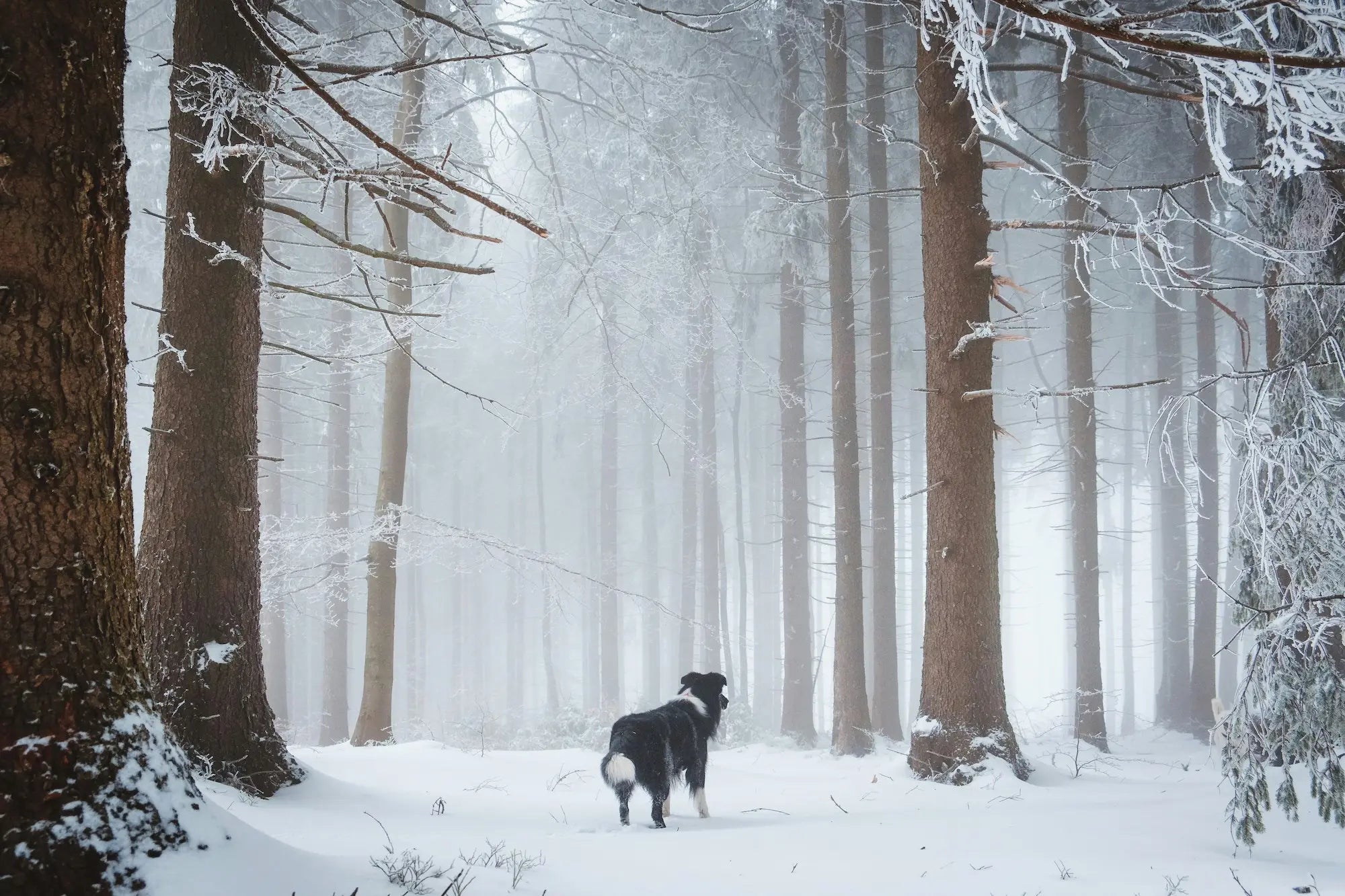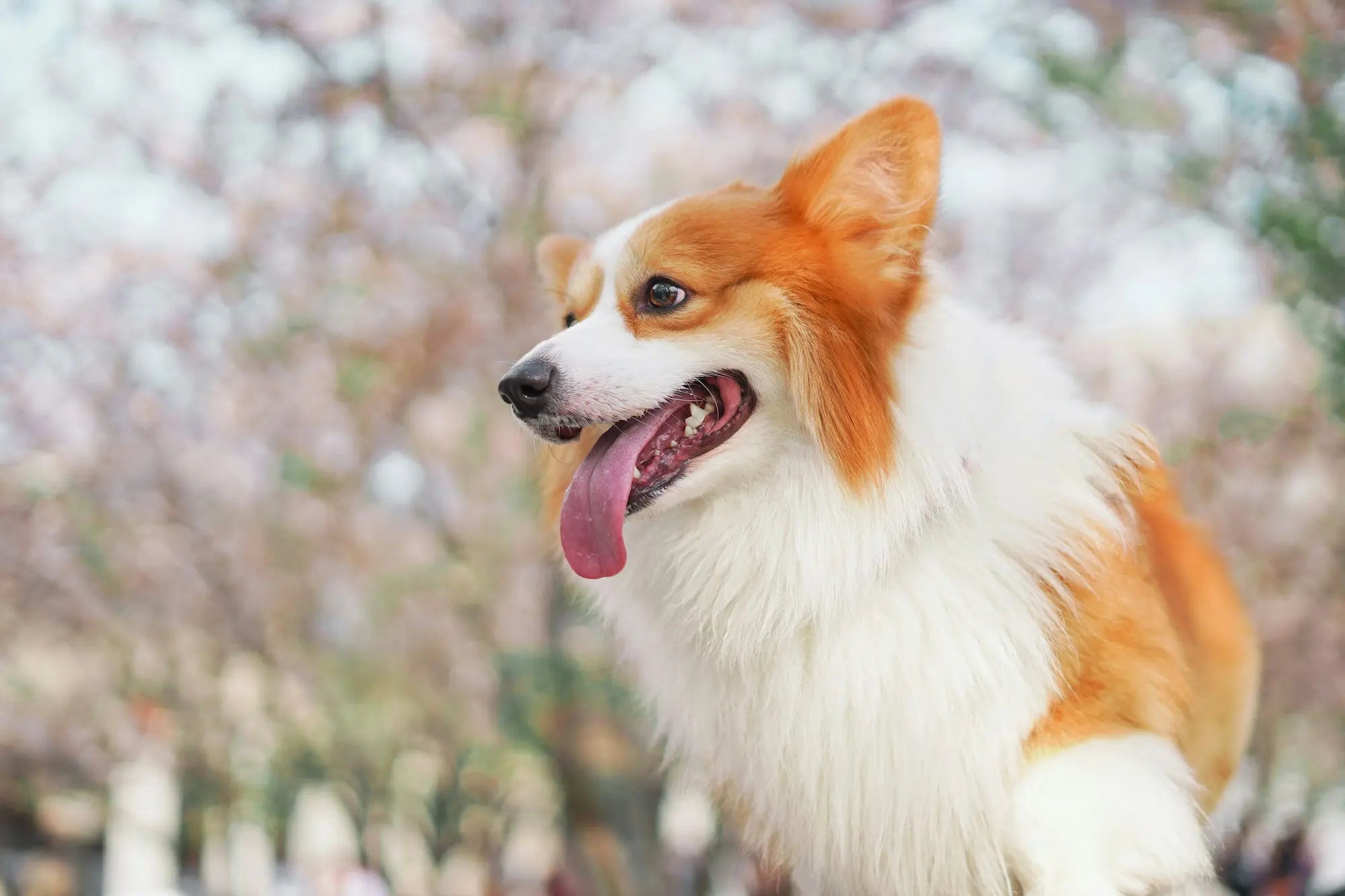The Norwegian Forest Cat is a beautiful, majestic, semi-longhaired cat breed . Wondering if a Norwegian Forest Cat is the right breed for you? Read more about its personality traits, attention needs, and health, as well as what you should consider in your everyday life if you get a Norwegian Forest Cat.
race facts

Child-friendly

Attention needs

Energy level

Talkativeness

Fur care

shedding
Facts about the breed
The Norwegian Forest Cat, or "wegie" (short for Norwegian), as they are often called outside of Scandinavia, is a furry breed of cat with a long history. These large, furry balls are the national cat of Norway, but their origins are still uncertain. It is said that they were brought home by Scandinavian Vikings when they were used to keep small rodents away from Viking ships. It is possible that the long-haired cat is the result of genes from the Siberian cats of Russia, or long-haired cats from Turkey.
What can you expect as an owner of a Norwegian Forest Cat?
Personality
Personality
The Norwegian Forest Cat is a much-loved family cat that gets along well with both adults and children. They can be reserved with strangers, but are generally calm, friendly and tolerant. They are not the most cuddly cats who like to sleep on your lap, but they have a curious nature and will happily be with you wherever you are.
Energy and attention needs
Energy and attention needs
Norwegian Forest Cats are social animals and will often follow you around to see what you are doing. Although they do not require constant cuddles or a lot of attention, they do not like to be left alone. Ideally, they should live with another like-minded feline companion. They are also not one of the most active cat breeds, but are skilled climbers with a strong hunting instinct. If you keep them indoors, you should make sure that your Norwegian Forest Cat is both mentally and physically stimulated every day with climbing opportunities and activity toys .
Health
Health
Size and appearance
The Norwegian Forest Cat is a muscular and large breed of cat, with large ears and a wild appearance. Its fur comes in all sorts of colors and pattern variations.
Weight
The male Norwegian Forest Cat weighs around 5-10 kg, while the female weighs around 3-6 kg.
Lifespan
15 - 18 years
Hereditary diseases
Hereditary diseases known in Norwegian Forest Cats are hip dysplasia , which increases the chance of osteoarthritis, hypertrophic cardiomyopathy (enlargement of the heart muscle), and glycogen storage disease .
Fur care
Fur care
Norwegian Forest Cats come with a lot of fur that naturally requires some maintenance. With their water-repellent properties, they are well-equipped for the cold winter months with snow. Because these cats have such a lot and thick fur, it is a good idea to get them used to brushing from the time they are kittens. Brush them a couple of times a week with a cat brush or comb to avoid tangles, and preferably more often in the spring months when they shed more.
Food and nutrition
Food and nutrition
When choosing cat food for a Norwegian Forest Cat, you should choose a type of food that is adapted to the cat's health, age and lifestyle. The Norwegian Forest Cat, with their strong jaws, likes food with enough chewing resistance so that they do not eat too much before they feel full. Choose high-quality cat food with plenty of healthy protein and necessary nutrients. As with all cats, the cat should have access to clean, fresh water. A good tip is to plant cat grass that your furball can chew on, or buy cat food that is specially made to deal with hairball formations in the stomach.
If you want to become the owner of a Norwegian Forest Cat, you should make sure to find a reputable breeder. How much a kitten costs will vary, but you can expect a price of between 12,000 - 15,000 NOK for a Norwegian Forest Kitten.
Having purebred cats as pets has become very popular, but unfortunately this has resulted in many unscrupulous breeders who engage in unethical breeding for profit. Therefore, it is important for you as a buyer to get information about how the cat was bred so that you do not contribute to cats with hereditary and serious diseases being born. If a purebred cat is sold without a pedigree, you will never know whether the kitten has been stolen, or whether illegal trade has taken place.
A serious breeder in a federation must follow strict requirements for animal welfare and health. Good breeders will also demand something from you to ensure that the cat has a good life. Remember to check if the breeder is registered through the Norwegian Cat Breeders' Association (NRR) / FIFe / TICA and that the pedigree, health certificate (and possibly the purchase contract and vaccination card/veterinary passport) are included.


